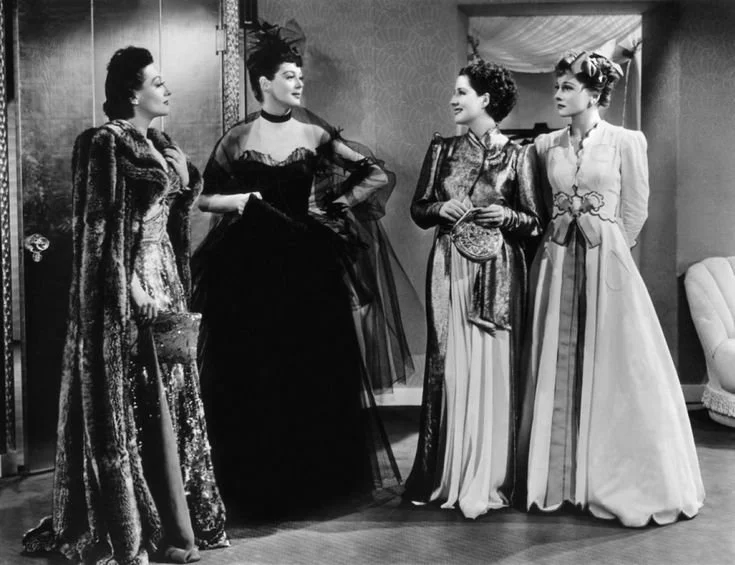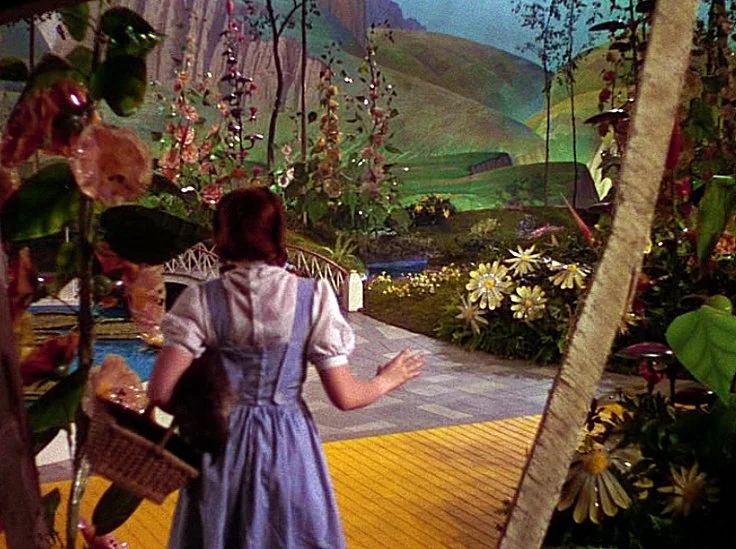
Adrian Adolph Greenburg
Glamour and Silhouette

Adrian’s hallmark style emphasized strong shoulders, slim waists, and exact tailoring. He created silhouettes that exuded confidence and have quite literally defined what modern femininity in fashion is. During the Depression era, this sense of fashion gave audiences a form of escapism with Adrian’s dreamlike glamour.
In The Women, his costumes for Norma Shearer and Joan Crawford reflected the progressive image of the 1930s woman. He made fashion that exuded power, independence, and intelligence. Adrian introduced the dramatic shoulder pad to the fashion scene, which became a defining feature of women’s fashion for years to come. As Leonard Stanley and Mark A. Vieira write, Adrian’s designs “transformed the female silhouette into a cinematic symbol of authority and allure” (Stanley & Vieira, 2019).
Even today, his silhouettes influence modern fashion designers. Adrian’s work has defined the Hollywood era of fashion.
“Audiences come for the story, but stay for the spectacle...”
One of the best examples of “Spectacle” is the visual transformation is The Wizard of Oz (1939). Its use of Technicolor changed how audiences experienced fashion on screen forever. When Dorothy steps from sepia-tone into the vibrant world of Oz, her blue gingham dress and ruby slippers became instant icons. Each costume became so symbolic not only of the characters, but also the story as a whole. The Scarecrow’s patchwork, the Tin Man’s metallic sheen, or Glinda’s sparkling gown, was designed to reflect the emotional fantasy of a magical new world. Because of Adrian, costume design being used as a form of storytelling was cemented in Hollywood.

